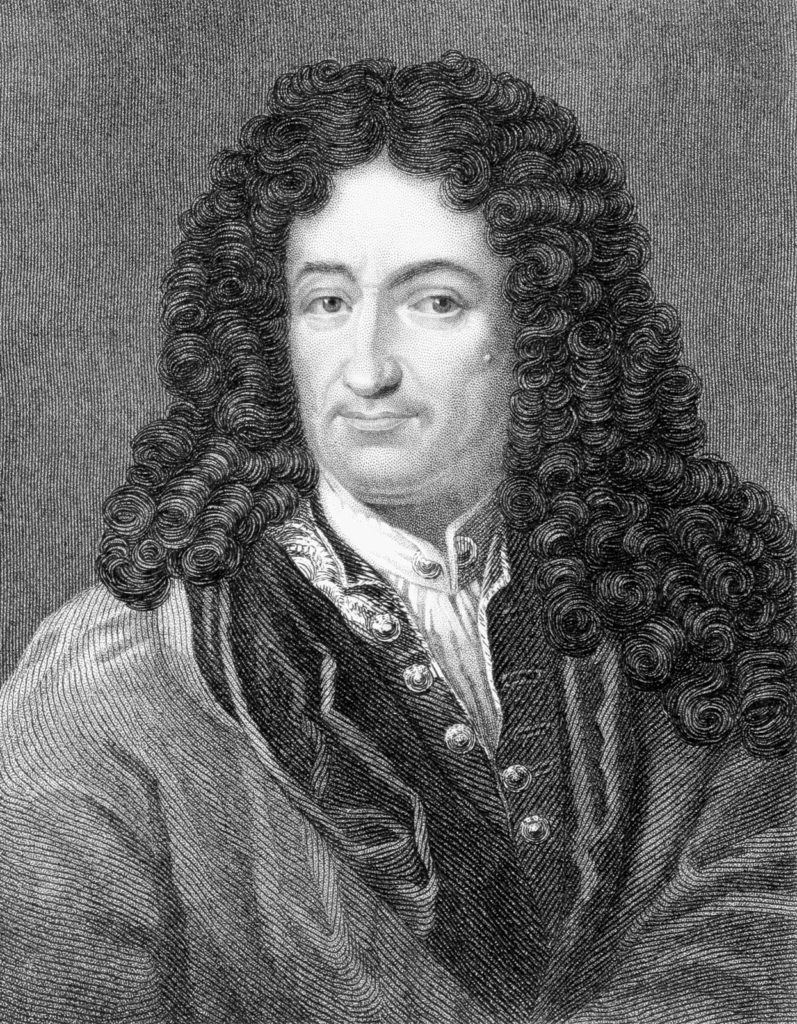Mankind has always been on a mission to better itself in whatever field or endeavor it sought out
to accomplish. In doing so, our race came upon the need to quantify and differentiate. This is ever
more valid for the human intelligence.
Pinpointing the birthdate of the IQ Test is, more often than not, an arduous journey that can vary
from author to author. In the early 19th century, Paul Broca and Sir Francis Galton were two of the
first academics who pondered on the importance of measuring intelligence under what we now
know is the wrong assumption that intellectual prowess is directly linked to the size of the human
skull – the bigger your head, the smarter you are. Around the same period, Wilhelm Wundt
suggested that mankind’s innate capacity to process thoughts was the real method of measuring
one’s intelligence. In today’s day and age, it is fair to say that both these lines of thinking are no
longer relevant, but were in fact the predecessors of what is now called the modern IQ Test.
At the beginning of the 1900s, two French psychologists by the names of Alfred Binet and Theodore
Simon were solicited by the Ministry of Education to create a test that would assist in distinguishing
between children who suffer from any form of mental impedance and those who did not have any
disorders but were what we normally refer to as “lazy”. It is important to provide the historical
context that led to the need for this test: a recent law had been passed making it mandatory for
children to attend school, thus the need to devise a way of branding a child’s needs based on their
intellectual capacity.
Binet and Simon’s initial approach was to formulate questions founded on subjects that are not
commonly trained at school such as focus, memory and problem-solving skills. The goal of this
process was to regulate and ultimately predict the overall success of the child at an academic level.
Once Binet started processing the data he had obtained, it came to his attention that physical age
was not a defining factor when it came to correctly answering the questions – some potential
scholars were better at answering more complex questions when compared with older children.
The opposite was also valid. Intrigued by this prospect, Binet then came to suggest the idea of
mental age, this being the measurement of intelligence based on a child’s average ability within a
specific age group.
After obtaining and analyzing a significant amount of data, the first intelligence test was born under
the name Binet-Simon Scale. This innovative method became the foundation of the intelligence
tests that are still carried out during our times. This is not to say that Binet, the test’s creator, didn’t
find some flaws in its effectiveness: it is not reasonable that a person’s level of intelligence be
labelled based solely on a standardized test. Binet emphasized that several intellectual factors need
to be considered and that an ideal result would only be possible when comparing subjects with
similar upbringings. The initial use of the term IQ dates back to 1912 when William Stern, a German
psychologist, entertained the idea of an intelligence quotient, based on the works of Binet.
Despite its limitations, the Binet-Simon Scale was a remarkable milestone in quantifying the human
psyche and quickly found a place for itself within the United States where it was first used by Lewis
Termin, a Stanford University psychologist, who applied the test to a sample of American applicants.
This evolution of the initial test was published in 1916 as the Stanford-Binet Intelligence Scale and
remains the standard intelligence test used in the country to this day. The result of this test, also
known as the IQ or Intelligence Quotient score is calculated by dividing the test taker’s mental age
by their chronological age and then multiplying this number by 100. For instance, considering a child
with a mental age of 15 and a chronological age of 12, their IQ would be 125 (15 ÷ 12 x 100).
The IQ Test’s first massive trial by fire happened during World War I where 2 million recruits were
asked to undergo this examination with the intent of allocating soldiers to certain roles and
leadership positions. In 1917 two tests were developed by Robert Yerkes, the then chair of the
Committee on the Psychological Examination of Recruits – the Alpha and Beta tests. The Alpha test
was planned as a written test, while the Beta test was comprised of images oriented at soldiers who
could not read and/or speak English. Despite the end of the war, these tests remained prominent in
everyday life. As an example, they were used as a selection process for new immigrants intending
to enter the United States. The massive use of this test did however lead to wrong preconceptions
about specific nationalities which, in its place, led to restrictions related to human influx.
Unhappy with the restrictions of the Stanford-Binet scale, American psychologist David Wechsler
issued a new intelligence test, acknowledged as the Wechsler Adult Intelligence Scale (WAIS), in
1955. Much like Binet, Wechsler thought that intelligence involved different mental abilities.
Wechsler also established two different tests explicitly oriented to children: the Wechsler
Intelligence Scale for Children (WISC) and the Wechsler Preschool and Primary Scale of Intelligence
(WPPSI). The adult equivalent of the test has undergone intense revisions since its maiden version
and is currently known as the WAIS-IV.
The WAIS-IV covers ten subtests as well as five complementary tests. The test covers four key areas
of intelligence: verbal understanding, perceptual reasoning, memory and processing speed. Instead
of utilizing a chronological and mental age premise, the WAIS score is obtained by associating the
subject’s score with individuals in the same age group. This scoring method has become the
standard technique in intelligence testing and is also used in the modern revision of the StanfordBinet test.
As is valid for all forms of human experience, quantifying one’s intelligence is not a simple process
and, as has been mentioned, suffered several updates throughout the decades. What is true though
is that we can rest assured that great minds are constantly studying and perfecting what we know
about the mystery that still is the human mind.















